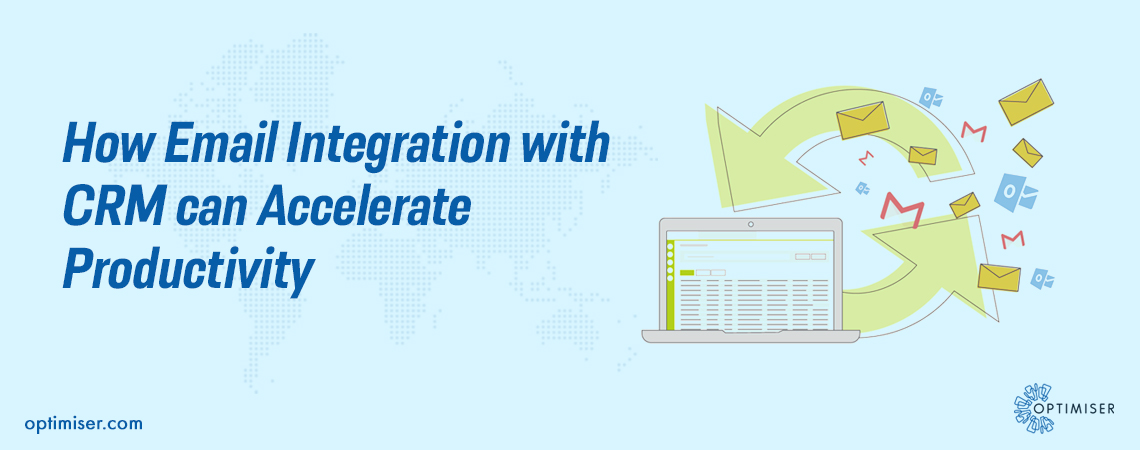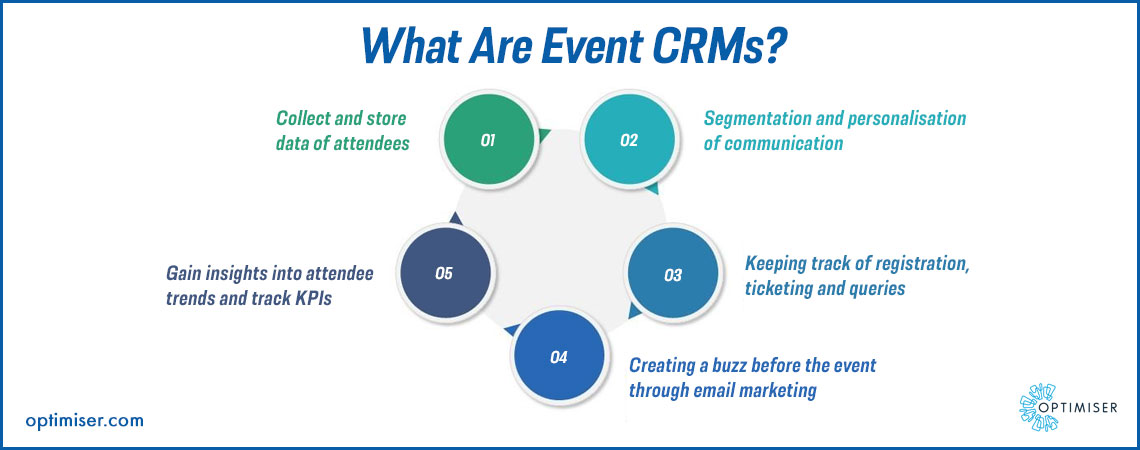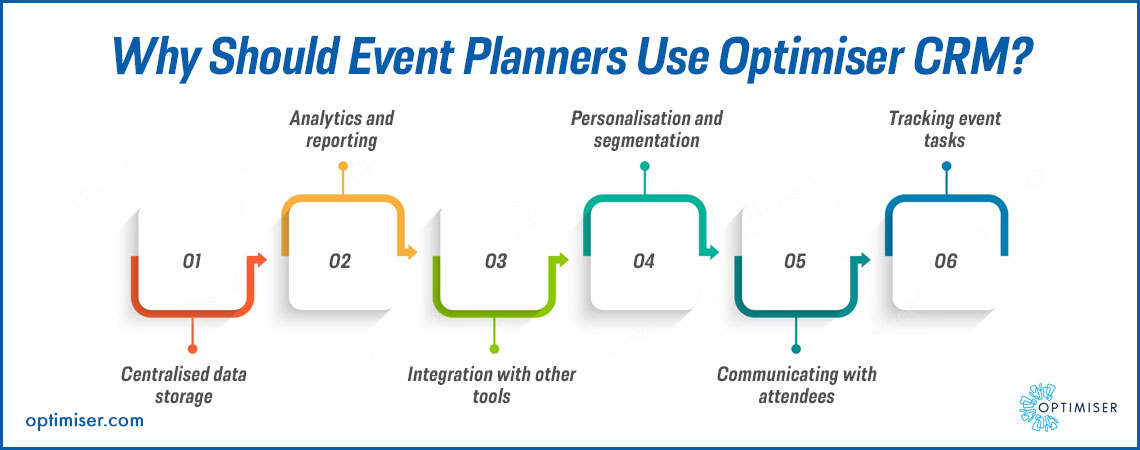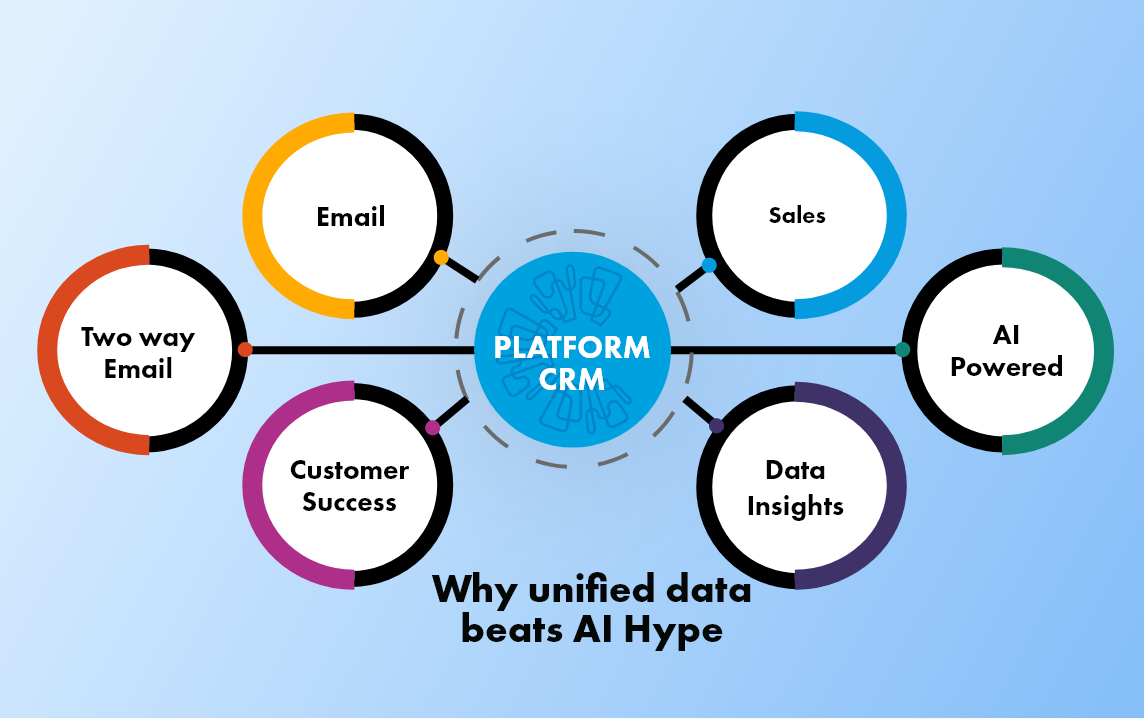
Email Integration
How Email Integration with CRM can Accelerate Productivity
How can it Accelerate Productivity?
Email integration with CRM is popular amongst many business owners. Apart from saving time and increasing productivity, this feature can assist in providing excellent customer service. With a holistic system, you can engage with your customers and collect authentic data for segmentation.
For those unfamiliar with it, email integration is used to link the email platforms with CRM software for seamless communication. It allows your team members to save time and track previous conversations without any hassle. Additionally, with all the prospects connected on one platform, team members can send emails and get an overview of the leads directly.

How can it Accelerate Productivity?
1. Unified Contacts
In a business, one is bound to have an extensive contact list in your email. To manage it all on one platform, you can integrate your email with CRM software to gain more visibility into the customers. One can consolidate their contact list to reduce data redundancy. It is the most convenient way to look up the leads in one's emails.
You can also create advanced emails that would be sent automatically to customers based on the data present in the CRM. For example, welcome emails, thank you emails, order emails, promotional and marketing newsletters, cart news emails, etc., can be sent based on the customer's journey.
This way, you can nurture potential leads and segment the high priority ones. Moreover, you will not need to sort them out manually; that will help you save time.
2. Holistic System
Rather than switching between two platforms, CRM integration with email allows you to store relevant data in one place. Previously, many of us had to manually transfer data from emails to excel sheets. But with CRM, this information is automatically added. As a result, there will be no confusion while navigating through mass data and effectively nurture leads.
For example, Optimiser CRM stores all the information in the email tab. You do not need to switch between the two apps. The data will be automatically added to the platform and look it up when necessary. This reduces the chances of sending emails to the wrong recipients and avoiding confusion while transferring data from one place to another. Additionally, team members can access this information once they get the permit. They do not need to contact several people or wait to receive the data. They can go through it immediately and smoothens the flow of the sales cycle. This can help them close deals effortlessly and score new ones.
3. Increased Responsiveness
Integrating CRM with email would reduce response time as contact details of customers, their touchpoint history, and other essential data is available alongside email. Instead of going to a CRM platform to find customer information, and switching back to email, you can respond to customer enquiry quickly, and present an improved customer experience. When leads have many options, at times converting a lead into a closed deal comes down to who responds fastest.
4. Schedule Appointments and Assign Tasks
With email integration, one can easily book appointments and reschedule them. Your team members need not check the CRM continuously to see the appointments. Instead, they can view bookings from the calendar and send out reminder emails to the customers about their appointments. Thus, it reduces the chances of no-shows and appointment cancellation if the customer forgets/ wishes to change the time or date. Besides, you also assign tasks to other team members as soon as you receive information from other departments directly from your email.

5. Weed out Fake Leads
As absurd it may sound, fake leads do exist. Sometimes, people can add bogus emails to the website, and the system begins to send emails to these mail IDs. Since there will be no recorded activity or response, the email performance can decline, and the bounce rate increases. Another reason for fake leads is misspelling names, numbers etc., that is committed while filling the form.
But with CRM software, you do not have to spend your time weeding out the bogus leads. The software will take the detailed information from the marketing channels and dish out the fake leads. Any other anomalies will be detected without sending a chain of emails that might affect your performance.
6. Customer Intelligence and Personalisation
Email integration with CRM thoroughly manages customers data, and weeds out bogus leads.
With the existing leads and potential ones, you can draw a behavioural persona of your customers and use that at your discretion. For a system that maintains records of the customers, your sales team can gain access to communication records and consumer analytics. This way you can segment high-priority deals and focus your efforts on those.
Conclusion
CRM software integration with email has a greater role than seamlessly transferring data from one platform to another. Storing existing and incoming information from one place to another is a great benefit. Still, with added advantages, email integration can improve productivity within one's organisation. Additionally, with an automated pipeline one can easily manage their sales funnel that will help businesses build trusting relationships with their customers in the long run.

30 days free trial. No credit card required
 One powerful platform
One powerful platform
 Simple to use
Simple to use
 Comprehensive
Comprehensive



